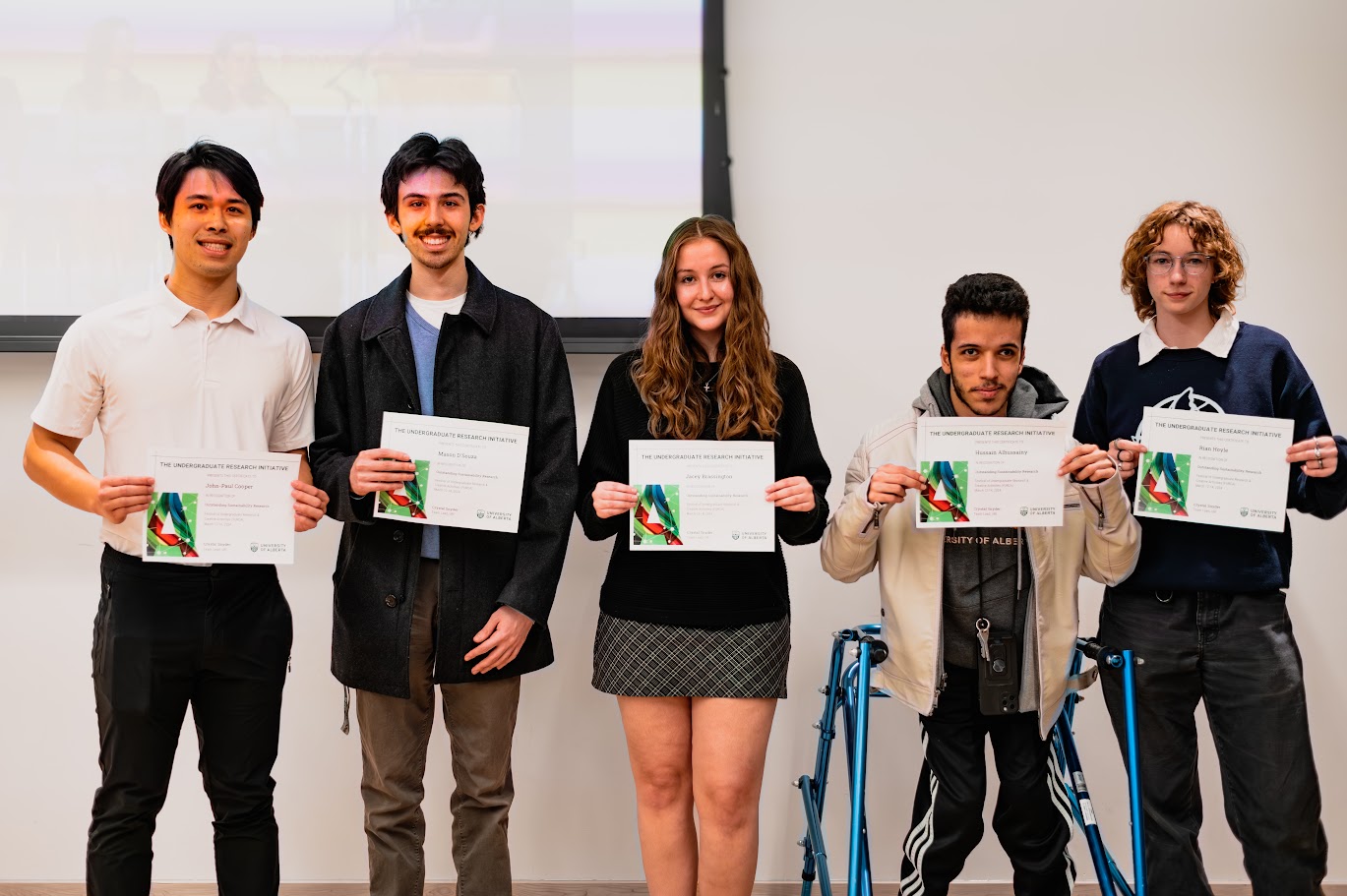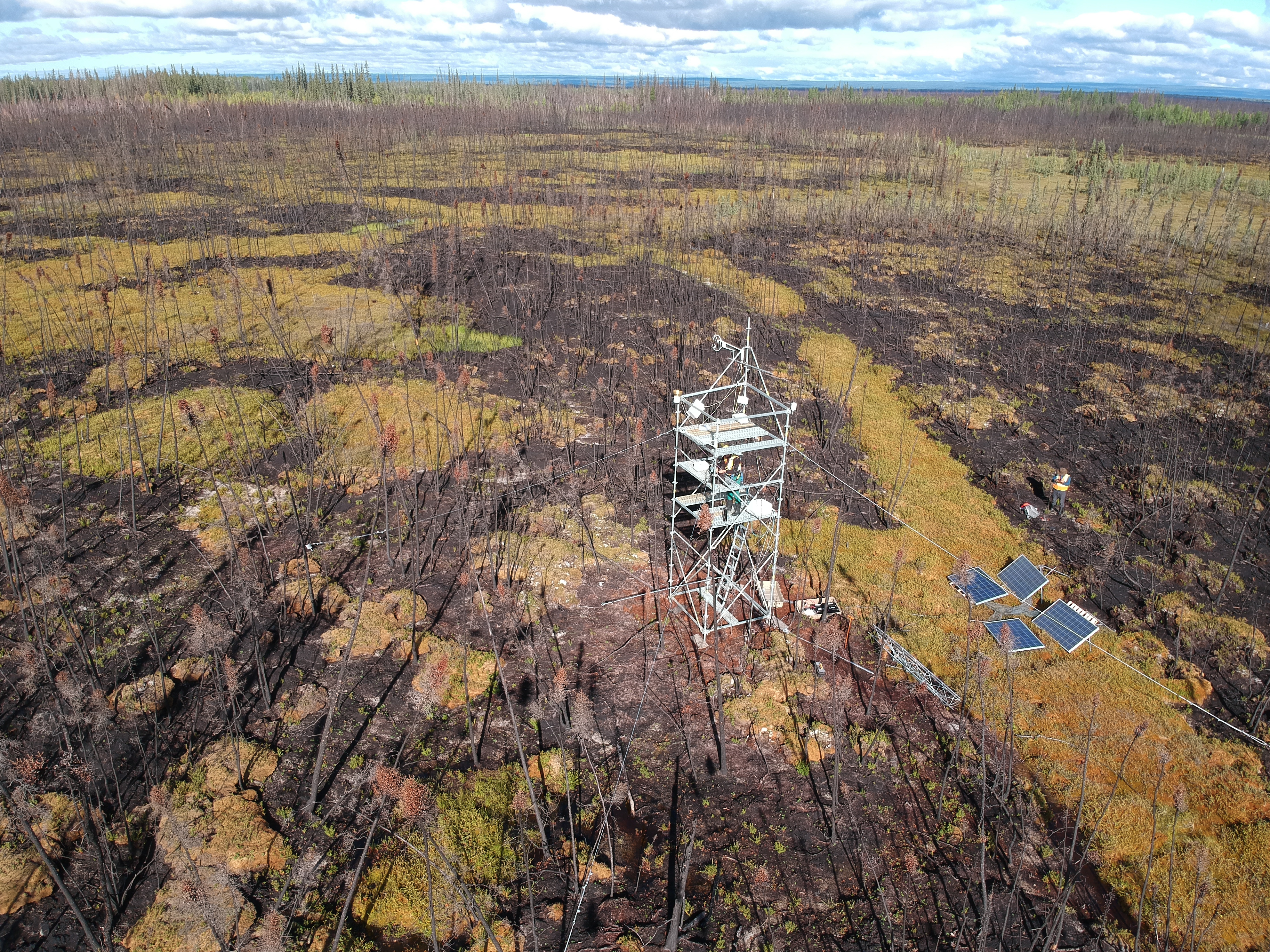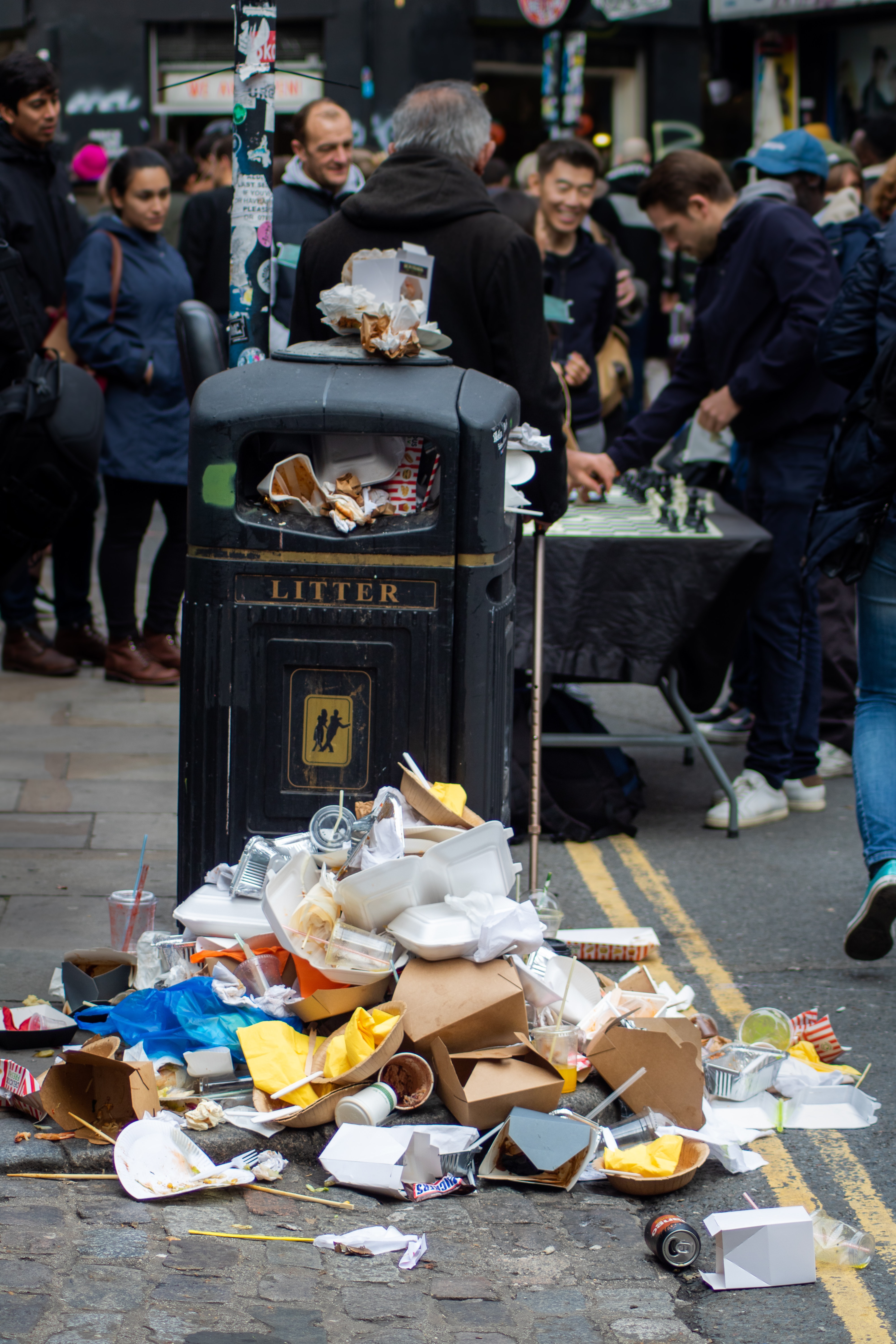Closing the Loop on Microplastics: New Sustainable Design Course
The Sustainability Council is pleased to support the development of innovative initiatives that advance sustainability and the Sustainable Development Goals (SDGs) across diverse disciplines and programs at the University of Alberta.
In 2023-24, support was provided to Dr. Lianne Lefsrud, PhD, PEng, to assist with the development of a practical sustainable design course, ENG M 680 / CME 694/494 / H GEO 581, which will be offered for the first time in Winter 2025.
This multidisciplinary course unites students from diverse fields to collaborate with local experts on sustainable solutions that address microplastic pollution. By applying circular economy principles, life-cycle assessments, and SDGs to real-world challenges, students will design impactful product, process, and policy solutions. With hands-on projects and expert guidance, the course equips students to tackle sustainability issues and make a meaningful community impact.
Students from diverse academic backgrounds are encouraged to participate, as no technical background is required to succeed in the course.
The Sustainability Council recently sat down with Lianne Lefsrud, an engineering professor, to dive deeper into details of the course, who it is designed for, and what students can look forward to gaining from it.
What are some key topics and projects that will be covered in the course?
Lianne Lefsrud: We will learn and apply circular economy principles to close the main sources of microplastics into the environment: macroplastics degrading into microplastics, laundering of polyesters, and tire degradation. Students will get paired with industry/research experts as coaches to close a microplastics loop of their choice and create real-world product, process, and policy solutions. Students will also learn about life-cycle assessment, use software to visualize the impacts of their decisions on microplastics, and evaluate design options.
What inspired you to develop the course and what are its main objectives?
Lianne Lefsrud: I am super impressed with the Certificate in Sustainability (CIS) program and the cross functional expertise and opportunities that it gives undergraduate students across campus. Our graduate students are highly motivated, super intelligent, want to make a tangible impact on the world, and have a desire to expand their network to launch their careers. I want this to be an opportunity for graduate students, like the undergraduates with the certificate program, to work on a project that can have real world implications for sustainability. Given our world-class graduate students and coaches, our other objectives are to connect students’ expertise to industry and policy folks, expand their career opportunities, create patentable products/processes, apply innovations in real-time, and generate start-up companies.
Can you share your professional background and how it has influenced your approach teaching this course?
Lianne Lefsrud: I completed my undergraduate science degree in Civil and Environmental Engineering through the cooperative program at the University of Alberta. During my final work terms, I worked in hydrology engineering on the MacKenzie River in the Northwest Territories. From there I went on to work on designing waste facilities, exploring how to create safer, more sustainable landfill and incinerator designs. During these projects I was thinking about how to implement safer designs from a circular economy perspective. I was also looking at how you can turn these facilities into valuable assets by involving all stakeholders in the design process. These experiences inspired me to introduce a course at the university based around the principles of sustainable design and circular economy, while ensuring design processes are informed by those communities and stakeholders they will impact.
What unique aspects of this course ensure a meaningful impact on the community?
Lianne Lefsrud: Local subject matter experts who will act as the coaches for this project will come from a variety of backgrounds, act as the coaches for the students and help with problem definition, scoping, defining needs/wants, and evaluate the feasibility of these projects. This gives students the opportunity to get ongoing feedback on their design projects and create long-term connections with these coaches that can help propel their careers. Ideally, these solutions will be implementable in the real world and can have a significant community impact. The interdisciplinary aspect of this course will also foster collaboration among students with diverse perspectives who normally may be siloed in their own program areas. This approach fosters a unique perspective on problem-solving that can have a meaningful community impact from a variety of angles.
How will students be learning to apply SDGs into their work?
Lianne Lefsrud: The main SDG that will be applied will be Industry, Innovation, and Infrastructure (SDG 9). But, students will be expected to connect their projects with the other SDGs as well. For example, students could look at how the problem they are solving disproportionately impacts a specific community to address Reduced Inequalities (SDG 10). Or, minimizes waste with circular economy principles to address Climate Change (SDG 13). We will look at how multiple SDGs interact depending on whatever project students do.
What value does having a multidisciplinary team bring to the table when solving sustainability issues like microplastics?
Lianne Lefsrud: Microplastics are not a strictly technical problem. Having experts from financial, social, and other backgrounds are key to coming up with a holistic solution that is actually beneficial to communities and addresses the issue from various angles. This same logic can be applied across sustainability issues.
How is the final project structured?
Lianne Lefsrud: Groups will be formed in the first three weeks. Each week of class students will have time to apply the concepts and techniques learned in lectures to the projects. In this manner, students’ projects will be developed throughout the semester and will culminate in a presentation, a “pitch”, of their solution to the subject matter experts and the class. Their design solution will close one of the pathways through which microplastics enter the environment, such as from tire rubber, plastic water bottles, or laundering.
Who is the course intended for?
Lianne Lefsrud: The course is intended for a diverse group of students from a variety of academic backgrounds. Ideally, it would include a mix—about half from engineering and the other half from fields like industrial design, human ecology, biology, business, chemistry, sociology, psychology, and more. While primarily geared toward graduate students, the course also welcomes a select number of advanced undergraduates (fourth year or higher). This blend of perspectives enriches discussions and brings a wide range of insights to the course content.
The course is now open for enrollment for the Winter 2025 semester in BearTracks as HGEO 581 (for non-engineers) and ENG M 680 / CME 694/494 (for engineers). Space is limited. If you are interested, go claim your spot now before it is full! Email the instructor, Lianne Lefsrud, lefsrud@ualberta.ca, if you have any questions or would like to see the syllabus.


